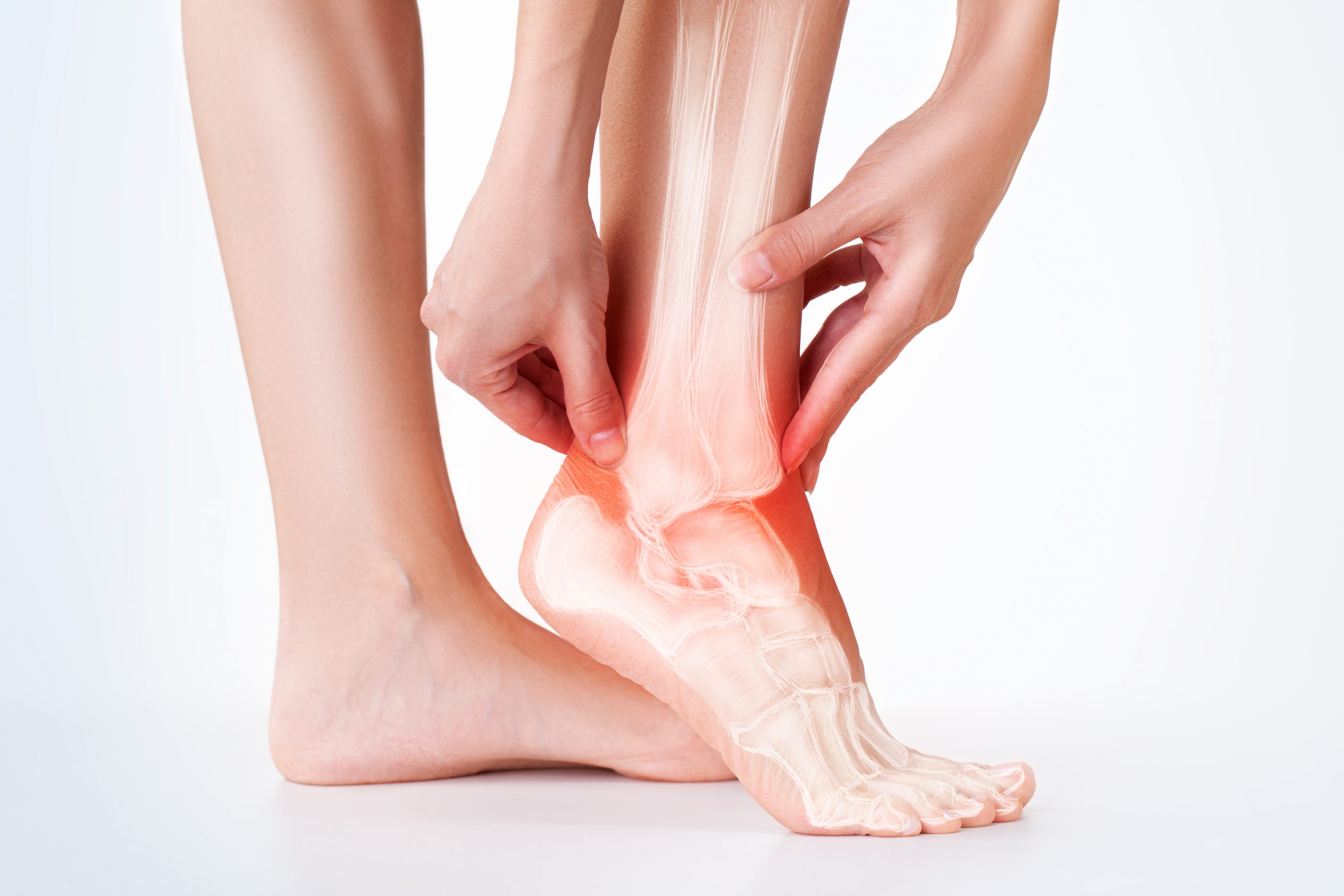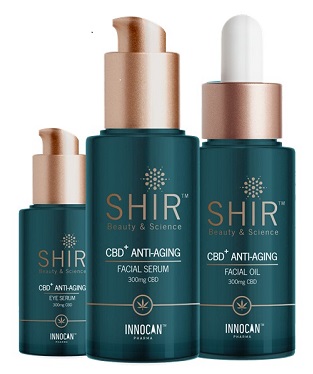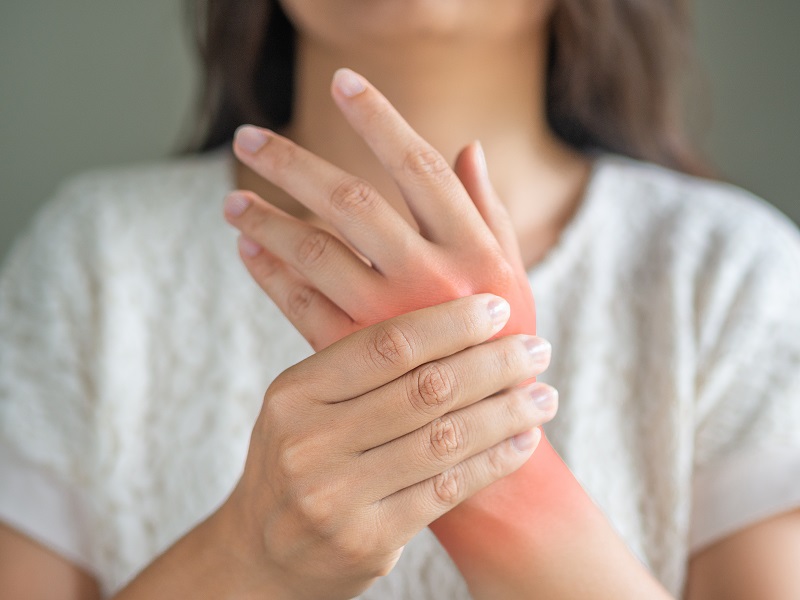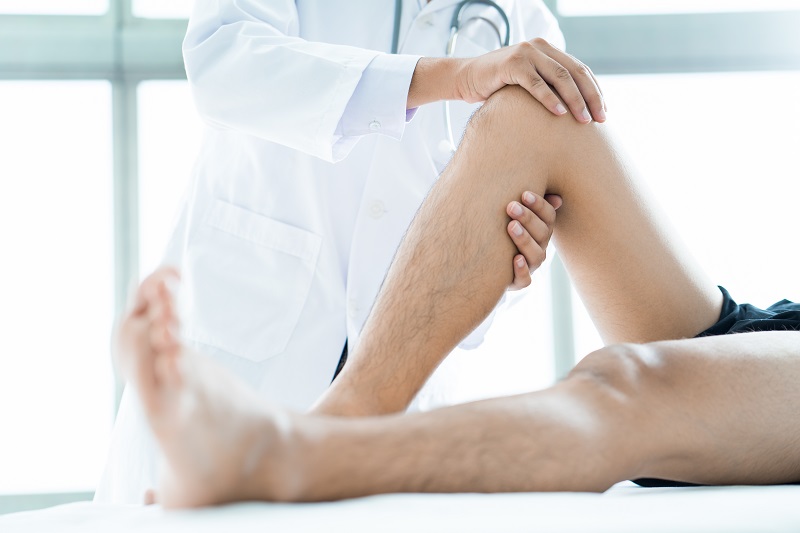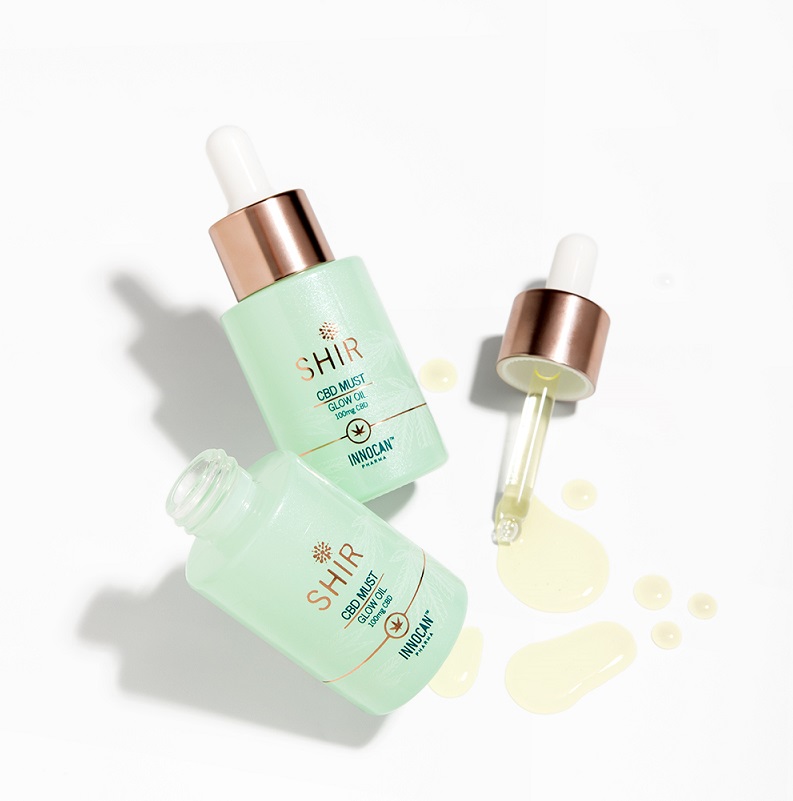Cannabis Topicals as a Remedy to Winter Sports Injuries
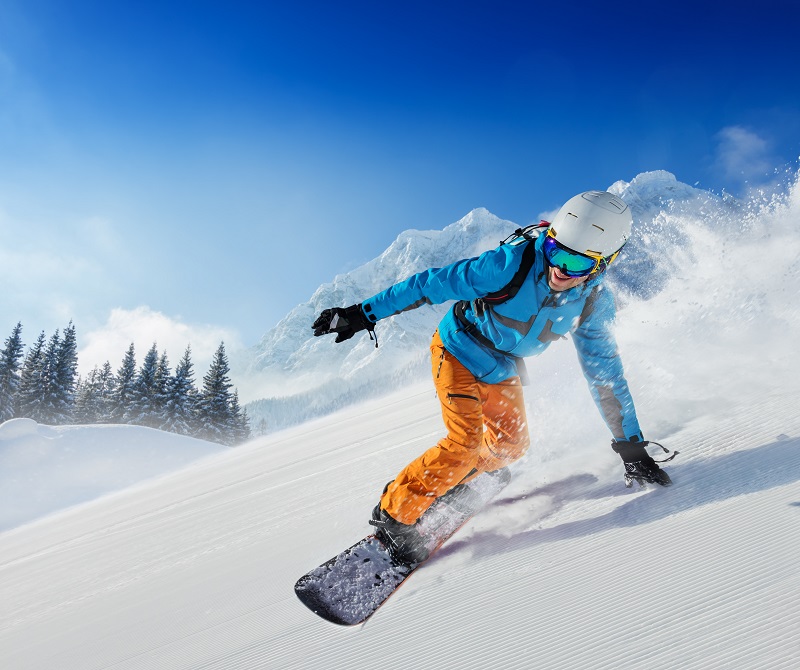
Each year, close to 600,000 Americans suffers from ski-related injuries. This number is only a fraction of the total number of winter sports injuries suffered every year.
Apart from ski injuries, both winter sports novices and enthusiasts experience injuries from skating, ice hockey, sledding, and so on. Most common injuries include concussions, sprains, fractures, dislocations, knee injuries, skier’s thumb, and the not-so-serious yet utterly painful, sore muscles.
It is not just about the injury; the pain associated with it also increases when temperatures are lower. You might have often observed that chronic pains increase during the winters, and sprains take longer to heal.
This happens because of the change in barometric pressure that occurs when the temperature drops. The increase in pressure, in turn, increases the pressure on your nerves, thereby sending intensified pain signals to your brain.
Therefore, it helps to be extra careful to ensure minimal to no injuries during winters so that you can keep that excruciating pain at bay.
A look into the number of winter sports injuries each year
Accidents are never planned. They hit you during the worst possible times and when you are least expecting it. The stats showing the occurrences of winter sports injuries reflect over 23,500 counts of concussions alone, 25,000 sprains or fractures each year, and about two to three injuries, per 1000 skiers every year.
Following are some of the most common winter sports injuries:
- Concussion
- Dislocated/broken elbow
- Dislocated shoulder
- Knee injuries
- Spinal injuries
- Ankle sprains
- Fractures
There is a risk associated with every activity. As long as you take proper precautions using protective gear and use your discretion when it comes to the amount of speed and risk you are comfortable with, you should be fine.
But what about the times when injuries do occur? How do you manage the excruciating pain and nausea that sets in with that pain? Well, you always have anti-inflammatory medication and skilled ER specialists to take care of it. And there is one more thing that can work naturally on your pain, sans chemicals and side effects and work with your body, to reduce pain and swelling, and help your body heal faster – Cannabis Topicals.
How can Cannabis help?
From CBD spas, facials, lattes to gummies, CBD is ruling the wellness market currently. However, what people might not know is that this versatile product can do wonders in treating severe pains, from arthritis, sprains, strains to even fractures.
CBD is the short form of cannabidiol, a chemical compound derived from the Cannabis Sativa plant, popularly known as marijuana or hemp.
This naturally occurring plant is often used as an ingredient in oils and lotions to treat pains and relax the body. However, CBD, the component, is not psychoactive. The psychoactive properties of marijuana come from the component 9-tetrahydrocannabinol (THC), which is an active ingredient in the plant. This means that CBD is full of healing properties and does not affect your mental faculties and thinking capacity, as marijuana would.
So, if you are considering some topical massage using CBD, you need not worry about losing your mental clarity during the process. CBD is completely safe, psychoactive-free, and you can safely use it for pain relief.
Injuries from winter sports activities could be of two types- nerve or musculoskeletal. CBD topicals can help alleviate both these kinds of pain. Here we explain to you how exactly CBD helps in alleviating both kinds of pain, with minimal side effects.
The human body has something called the endocannabinoid system (ECS). As the name signifies, the system receives and translates various signals from cannabinoids. You might wonder where does the body’s ECS gets its cannabinoid source from in people who do not ingest CBD. The answer is simple; the human body manufactures its own cannabinoids, which are called endocannabinoids.
The endocannabinoid system in our body is in charge of regulating our sleep, immune system, and pain responses.
Why do you need external cannabinoids when your body produces endocannabinoids?
External CBD does not actively work with the ECS. However, it does influence the way the body uses its endocannabinoids.
A study published by Neurotherapeutics stated that cannabinoids help activate or inhibit various compounds in the ECS.
Since we are talking about pain, let us use a pain-regulating compound as an example. Anandamide is a compound responsible for regulating pain. CBD stops this compound from being absorbed by the body, thereby ensuring more of it in the bloodstream. The more anandamide in the bloodstream, the lesser pain the person feels.
CBD also actively limits the amount of inflammation in the nervous system and the brain, thereby reducing symptoms of pain, certain immune-system responses, and helping improve insomnia, thereby helping the injured person rest well and heal faster.
While there are yet to be more studies and research to be conducted to find out more about the effectiveness of CBD, and how it benefits people in pain, research on animals has shown that CBD, indeed, reduces pain and inflammation in arthritis.
Patients might be wary of trying CBD at the first go because of the stigma attached to it of being a psychoactive compound. The more the people become aware of its healing and anti-inflammatory properties, its positive effects on the endocannabinoid system, and the fact that it does not contain THC, which is the actual psychoactive, the more they will become open to trying it.
Also, if you are unsure about using CBD to relieve your pains from winter sports injuries, you can consider a topical CBD ointment first. Cannabis topicals simply stay on the skin and act at the dermal level. They are not absorbed through the skin; hence, they don’t reach the bloodstream.
You can choose cannabis topicals in any of the following forms:
- Ointments
- Balms
- Lotions
- Sprays
- Gels
- Liquids
- Powder
- Patches
- Foam
There are several CBD topicals available in the market now, as the government has relaxed the regulations attached to the sale and use of CBD. However, it pays off to know what kind of CBD you are adding to your treatment plan.
When buying your CBD topical, be mindful of the label. Find out if it’s a:
- CBD isolate: Pure CBD, sans any trace of THC or other cannabinoid compounds
- Broad-spectrum CBD: Contains most of the cannabinoid compounds, but no THC (most of the times).
- Full-spectrum CBD: Contain all the cannabinoid compounds along with THC
Apart from this, you should also look out for details such as the source of the CBD, its quality, and the exact dosage that is suitable for your purpose.
While shopping for cannabis topicals, always make it a point to find out if they are pure topicals or transdermal. Pure topical CBD seldom enters the bloodstream. It is highly unlikely that the topical CBD will enter the bloodstream as it is hydrophobic (water-insoluble) and lipophilic (lipid-friendly). This means that pure cannabis topicals will end up staying on the outer layer of your skin. Unless and until topical CBD contains some kind of an enhancer that will make them break through the skin, hence transdermal, CBD topicals are safe to apply to injuries.
Cannabis topicals and winter sport injuries
While you are packing your bag before heading to your ski trip, know that it’s always better to be safe than sorry. Prevention is better than cure, but that does not mean you will not enjoy the season’s best sports to avoid the chances of hurting yourself. But what you can always do is know how to heal quickly and lessen the pain (if they do occur) naturally.
Winter sports injuries can be of two types:
- Sprains and strains
- Fracture and muscle tears
A quick massage with cannabis topicals can help reduce pain within minutes of the application when it comes to sprains. On the other hand, gentle application (NOT massage) of cannabis topicals to places that have experienced fractures and muscle tears can lower the intensity of pain. The latter will most certainly require the intervention and treatment of medical practitioners, but you can use the cannabis topicals to ease your pain from time to time.
Upon applying these topicals to the point of injury, the brain receives lessened pain signals from the spot, thereby helping alleviate pain, or more correctly, the perception of it. That, coupled with the anti-inflammatory property of cannabinoid, helps reduce swelling as well.
Three reasons to consider using cannabis topicals for winter sports injuries
You might wonder why you should even consider cannabis topicals when you have been using ‘over the counter’ pain medication for so long, and it has worked just fine.
Well, this is why:
Focused pain-relief
When you ingest an OTC pain-pill to treat your pain due to injury, the pill is not just acting at the point of your injury but also your entire body. As soon as you take the pill, it enters your bloodstream, which carries the medication to the various parts of your body. Therefore, medicine is not just treating your pain; it is impacting your entire body. This is why many side-effects are attributed to OTC pain medication.
On the other hand, when you use cannabis topicals such as pain relief sprays, pain relief roll-on, pain relief creams, pain relief oils, you massage them or spray them at the point of injury, thereby providing fast-action and effective pain relief.
Whether you have aching quads, sprains, pain in the bones, or even extensive injuries, you can expect cannabis topicals to provide you with fast-action relief.
Little-to-no side effects
When you are already suffering from extreme pain from an injury, you might not want to add on further side-effects to it. Painkillers and OTC medication often come along with their own set of side effects, such as nausea, diarrhea, drowsiness, and with long enough use, a weakened immune system.
Cannabis topicals, on the other hand, do their job with minimum to no side effects. This is because cannabis works with the endocannabinoids already present in the body to help the ECS work to its optimum potential and restore the body to homeostasis. At homeostasis, the body is relaxed, functioning the way it should. It ensures optimal enzyme action and cell function. By restoring the body to its best self, cannabis helps boost immunity, reduce pain, and also treat ailments such as insomnia and anxiety.
When you massage cannabis topicals (sans THC) onto your injury, you are ensuring rapid pain relief without affecting your mental clarity.
Long-lasting relief
Topical and transdermal cannabis not only helps in treating short-term injury and pain but also chronic pain issues. Hence, winter sports athletes often use these to ensure long-term therapeutic benefits that can help reduce their chances of developing arthritis in later years.
Cannabis topicals not only lessen pain due to injury but also reduce the chances of future chronic pains.
Conclusion
Winter sports come with their share of risks, like everything else. By keeping yourself protected using appropriate gear and ensuring safety, you can help avoid injuries to a large extent. However, in case an injury does occur, make sure you consult the doctor immediately. Whatever be the kind of injury, cannabis topicals can help ease the pain almost instantly.
In the case of fractures and dislocations, you may have to sit tight and let the wound heal. However, if it is just a sprain, strain, or sore muscles due to skiing, sledding, or playing some good old ice hockey, you can always turn to some nice cannabis topical massage and get up and about in no time. Why sit around during vacation and stare out of the window, while frequently popping pain pills, when your pain-free self is just a cannabis topical message away?
When buying cannabis topicals, always make sure you are buying good quality, chemical-free, organic CBD. Be aware of the kind of CBD you are buying, whether it is isolate, broad-spectrum, or full-spectrum, and whether it is topical or transdermal.
Yet another important thing to consider would be the dosage of cannabis topical you use on your injury.
So, this time, while heading to your winter sports abode, do remember to pack cannabis topicals along with your sports gears. It might always help to massage some on after a fun day out skiing and strengthen your muscles for the next day.
More articles:

